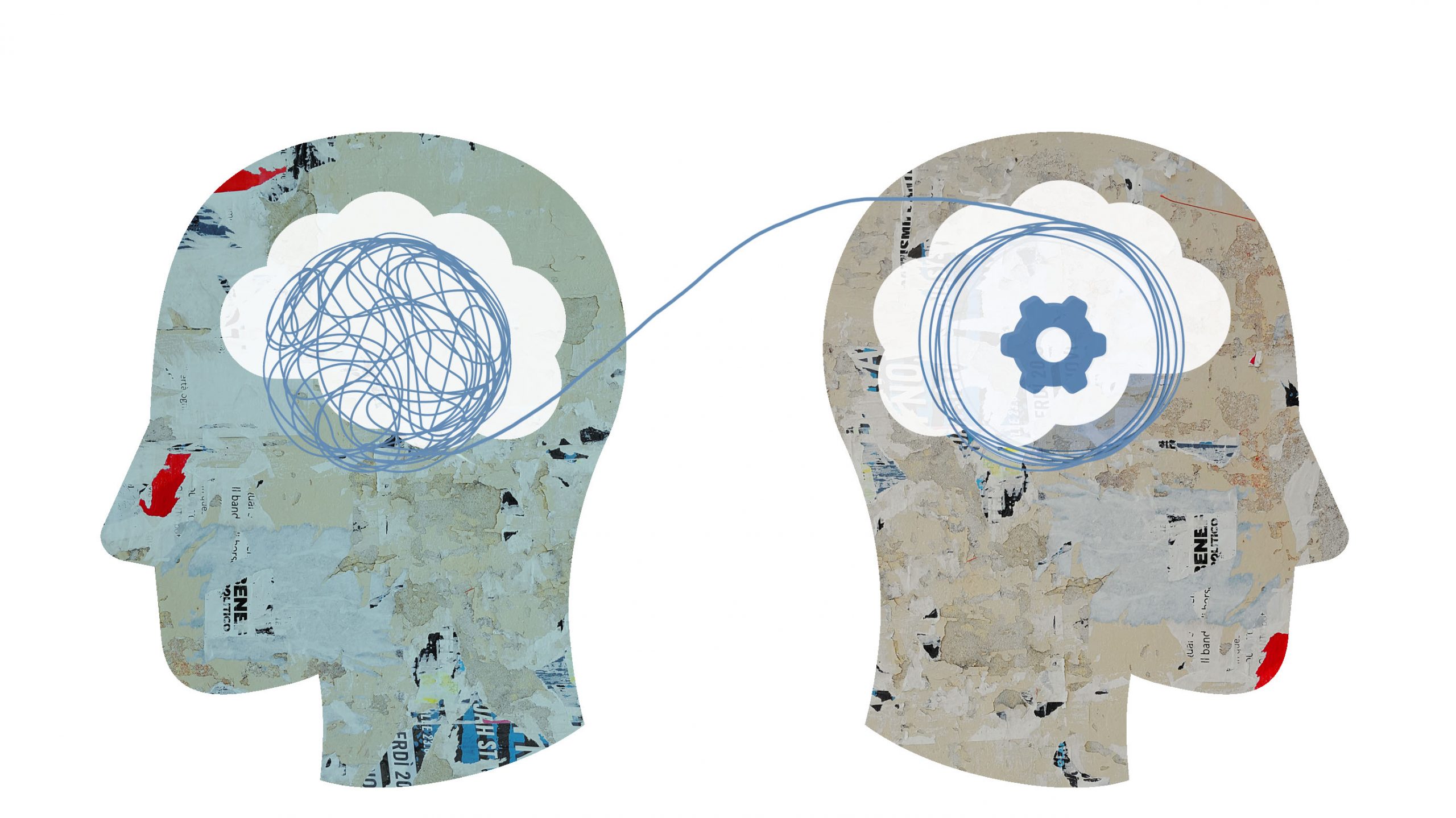Faculty Roundtable: Empathy in the Classroom
How does empathy show up in the way you teach?

Illustration by Getty Images | ANASTASIA USENKO
Faculty Roundtable: Empathy in the Classroom
How does empathy show up in the way you teach?
 Oteka Jackson-Cenales
Oteka Jackson-Cenales
Assistant Professor of Professional Practice in Nursing
Harris College of Nursing & Health Sciences
I realize that showing empathy strengthens the relationship between a faculty member and a student. I get to know my students. I teach clinical students a lot so I am in constant contact with them, and we tend to have a close bond due to the time we spend together. This time allows me to observe my students, listen to stories they share and learn about their likes and dislikes on a deeper level. This also aids me in noticing a change in behavior. If a difference is noted, I then reach out to my student because I have learned if you show that you genuinely care, you normally can get to the root of the issue and help. Students really appreciate when an instructor shows that they truly care about their success and well-being.
 Jeff Zeyun Chen
Jeff Zeyun Chen
Associate Professor of Accounting
Neeley School of Business
The key to empathy is to tune into the students’ feelings and take their perspectives. Many students struggle with accounting at some point. I do not blame them. In fact, I was like them when I studied accounting in college. Now I often tap into my own experiences to find a way to connect with the students and understand their feelings. Empathy does not lower my expectations, but it helps foster a less stressful environment for learning.
 Nina Martin
Nina Martin
Associate Professor of Classical and Contemporary Dance
College of Fine Arts
Empathic pedagogy is key to changing the world, one student at a time. The ability of students to engage in transformative learning from the start of the course to the finish is of supreme value. My questions to students: Are you different than when you started? How so and what value is this change?
 Mathew Crawford
Mathew Crawford
Instructor in the Pre-Health Professions Institute
College of Science & Engineering
Mutuality is central to empathy — it’s not something I dispense to you (like pity), but something we share together. I think the best forms of teaching coincide with this mutuality, but the truly challenging part of fostering empathy in a university classroom involves a second essential element: vulnerability. I have found that in moments where I as an instructor am able to occupy a space of vulnerability, students are likely to enter that space with me. It is not always easy, or always fitting, but when these moments arise, empathy often flourishes.
 Paul Bhella
Paul Bhella
Professor of Cardiology
TCU and UNTHSC School of Medicine
The mix of emotions involved in trusting someone with your health care is almost indescribable. And while this mix of emotions may vary slightly from person to person, several are almost universal in all of our patient encounters. With this in mind, my approach to teaching empathy is to always keep this thought front and center. I try to let patients know that wherever their cardiovascular care journey may take them, they won’t be alone. They’ll have a partner with them the whole way — a partner who is mindful and sympathetic to the mix of emotions that go along with surrendering some degree of control to our health care system. Having this mindset and allowing our teaching team to immerse students in it is one of the best ways we teach empathy.
 Estee Hernandez
Estee Hernandez
Adjunct Faculty
John V. Roach Honors College
Love is at the center of my teaching practice: love for the work, love for students and love for our collective humanity. Loving students means I have to recognize that they are whole people with competing responsibilities who experience things like anxiety and loss. I work with students to ensure they’re able to take care of themselves as people first and are also able to complete their best work.
 Chantel Carlson
Chantel Carlson
Instructor II of English
AddRan College of Liberal Arts
Empathy is an integral and unique part of teaching in the liberal arts. Through poetry, drama and prose written by a variety of authors, for example, we can gain a deeper understanding of differing perspectives, emotions and ways of life other than our own. And when we gain that understanding, when we allow ourselves to broaden our views, connections between empathy and cultural awareness are cultivated both in and out of the classroom.
 Richard Allen
Richard Allen
Professor of Film, Television and Digital Media
Bob Schieffer College of Communication
As a teacher at TCU for 27 years, empathy has proven to be my most reliable asset and greatest reward. The only real teaching occurs for me when I can stand in the students’ shoes and try to see where they are coming from and where they’d like to go. And seeing the world through those many hundreds of pairs of eyes has made me wiser and my life richer.
 Cynthia Savage
Cynthia Savage
Associate Professor of Professional Practice and Associate Dean of Undergraduate Studies
College of Education
I believe it’s important to take time to get to know my students, to ask questions about their lives and to engage with them in respectful and authentic ways. This occurs both during and outside of class. Seeking empathy is crucial to this end and can help to ensure students engage in class activities, discussions and content. Further, having this understanding can guide the selection of content covered, making our experience together more meaningful for everyone.

Your comments are welcome
Comments
Related reading:
Features
Forging a New Supply Chain
Covid causes companies to adapt to supply and demand swings.
Campus News: Alma Matters
Faculty Discuss Recipe for a Good Leader
Global thinking to intentional servitude – eight faculty talk about leadership.
Campus News: Alma Matters, Research + Discovery
Hands-On Learning Helps Medical Students Put Patients First
TCU and UNTHSC School of Medicine’s Dr. Stephen Scott discusses the school’s integrated approach to education.